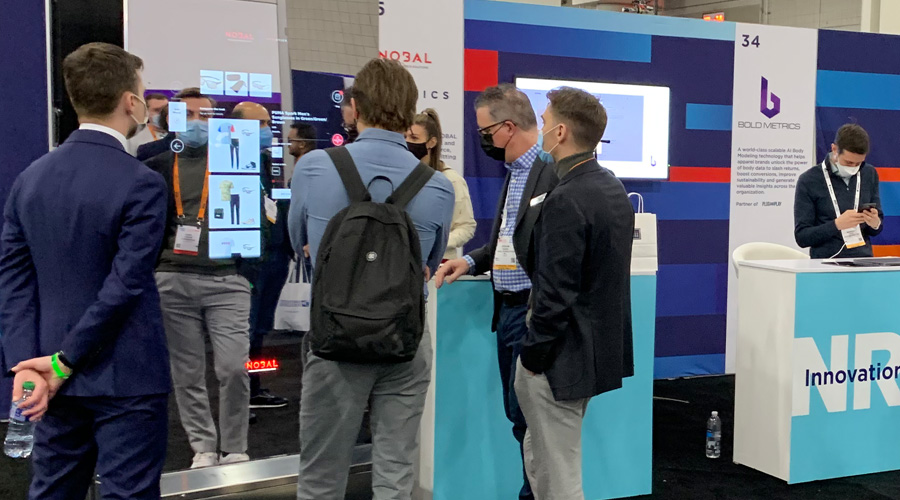Article Highlights:
Retailers are facing a perfect storm as new and significant challenges continue to emerge – labour shortages, supply chain issues and inflation are growing threats that are fundamentally altering the industry. Against this reality, brick-and-mortar retailers are faced with the challenge of offering superior customer service and efficient product delivery within significant operational constraints.
Underneath this operational and financial pressure, the majority of retailers know they need a new operating model to succeed. Yet there is a lack of alignment between what their operations need and the actions being taken – or not taken – to emerge stronger. New technology has the potential to be the catalyst for that reboot and recovery, yet a significant challenge stands in the way of getting there – adoption and understanding of machine learning (ML) and artificial intelligence (AI) among brick-and-mortar retailers remains low. Earlier this year KMPG released the results of a study called “Thriving in an AI World” in which 78 percent of retail respondents said it is difficult to stay on top of the constantly evolving AI landscape — a sentiment higher than leaders in other categories and industries.
In its 2020 State of AI report, McKinsey took a deep dive into the benefits of AI adoption across a broad range of industries, with some critical findings:
- Investing in AI: Many organizations are using AI as a tool for generating value and those companies plan to invest even more in AI as the result of the pandemic and its ‘acceleration of all things digital’.
- The potential for an AI divide: The investment some companies are making into AI has the potential to create a divide between those more advanced with AI adoption and those still struggling to capitalize on the technology.
- The broad application of AI: In looking at specific functions, the majority of respondents reported revenue increases for inventory and parts optimization, pricing and promotion, customer-service analytics, and sales and demand forecasting.
- AI as a revenue generator. More than two-thirds of respondents who reported adopting AI for those uses say their revenue increased as a result.
For brand leaders looking to elevate their AI adoption and accelerate their AI journey, there are three critical places to start:
- Invest the time in understanding the retail technology solutions available.
- Take inspiration from others and learn from peers.
- Develop a strategic plan for long-term technology, ML and AI adoption.
Brick-and-mortar retail leaders are dealing with disruption to the industry no one could have predicted a few years ago. The current environment is changing the game and has made the adoption of new technology a must to survive and thrive. To weather the short-term storm while setting businesses up for future success, retailers need to embrace the visionary leadership needed to use AI for both short term gains and long-term strategic value.







